Today's rubber prices recorded a simultaneous decline in world rubber prices due to concerns about trade tensions and weakening demand from major markets.
World market
At the end of the trading session on August 1, in China, the August rubber futures price on the Shanghai Futures Exchange (SHFE) decreased by 2.17% (320 yuan) to 14,405 yuan/ton. In Thailand, the August rubber futures price was flat at 72.27 baht/kg. Meanwhile, the Japanese market (OSE) decreased by 0.2% (0.7 yen) to 316.2 yen/kg.
Compared to the end of last week, rubber prices in China, Thailand and Japan changed by (-7%), (-5%) and (-1%) respectively.
Rubber prices fell across major Asian exchanges, marking their first weekly decline after six consecutive weeks of gains. The main reasons were weakening global demand and disappointment over the outcome of a meeting of the Chinese Politburo , which did not provide strong economic stimulus measures as expected.

Manufacturing activity in Asia continued to contract in July due to weak global demand and uncertainty surrounding US tax policy, according to July PMI data.
Meanwhile, in Thailand – the world's leading rubber producer, the meteorological agency forecasts that rainfall will decrease from August 1 to 4, which could affect output in the coming time.
The Japanese yen weakened further, falling to 150.73 yen per dollar, after US President Donald Trump announced a series of new tariffs. A weaker yen makes yen-denominated assets, such as rubber, more attractive to foreign investors.
In a development related to the auto industry – a major consumer of rubber through tire products – Japan is continuing negotiations with the US to reduce the import tariff on cars from 25% to 15%, similar to the incentives that European manufacturers have achieved. However, major automakers such as Volkswagen, Porsche and Mercedes-Benz have all revised down their business outlooks due to the uncertain trade environment.
In India, despite global uncertainties, the Indian tyre industry is forecast to continue to maintain a compound annual growth rate (CAGR) of 11-12% through 2047, driven by rising domestic demand and steady exports, according to the latest assessment by the Automotive Tyre Manufacturers Association (ATMA).
In the financial year ending March 31, India’s tyre exports grew 9% year-on-year to INR 250.51 billion (about €2.5 billion). The industry’s total turnover is estimated at INR 1,000 billion.
“The Indian tyre industry currently has one of the highest export-to-revenue ratios in the manufacturing sector,” ATMA noted, adding that the growth is driven by sustained investment in capacity, robust manufacturing and focus on R&D.
Over the past 3-4 years, tyre companies in India have invested a total of INR 270 billion in new and expansion projects (greenfield and brownfield), demonstrating strong confidence in the long-term growth potential of the Indian economy , according to Mr. Arun Mammen – Chairman of ATMA.
In terms of export markets, Indian tyres are mainly exported to the US, the European Union, Latin America and Southeast Asia. Of these, the US is the largest market, accounting for 17% of the export value, followed by Germany (6%), Brazil (5%), UAE (4%) and France (4%).
By segment, agricultural tires and off-the-road (OTR) tires accounted for nearly 60% of total export value.
On new trade policies, Mr. Mammen said the industry is “closely monitoring” developments related to the threat of new US tariffs. “We support fair trade and a level playing field, and will continue to diversify our export markets to sustain long-term growth,” he affirmed.
Domestic market
Domestically, businesses stabilize rubber prices. Specifically, Phu Rieng Company offers to purchase mixed latex at 385 VND/DRC, and liquid latex at 415 VND/TSC.
At Binh Long company, the rubber purchase price at the factory is 409 VND/TSC/kg, the purchase price at the production team is 399 VND/TSC/kg, and the price of mixed latex (DRC 60%) is 14,000 VND/kg.
Similarly, MangYang Company quoted the purchase price of latex at about 392 - 396 VND/TSC (type 2-type 1), mixed latex at about 352 - 401 VND/DRC (type 2-type 1).
Ba Ria Rubber Company also reported a stable purchase price of liquid latex at 385 VND/TSC degree/kg (applied to TSC degrees from 25 to under 30); DRC coagulated latex (35 - 44%) at 12,300 VND/kg, raw latex recorded at 15,300 - 16,500 VND/kg.
Source: https://baolamdong.vn/gia-cao-su-hom-nay-3-8-the-gioi-giam-sau-hon-5-tuan-qua-386223.html





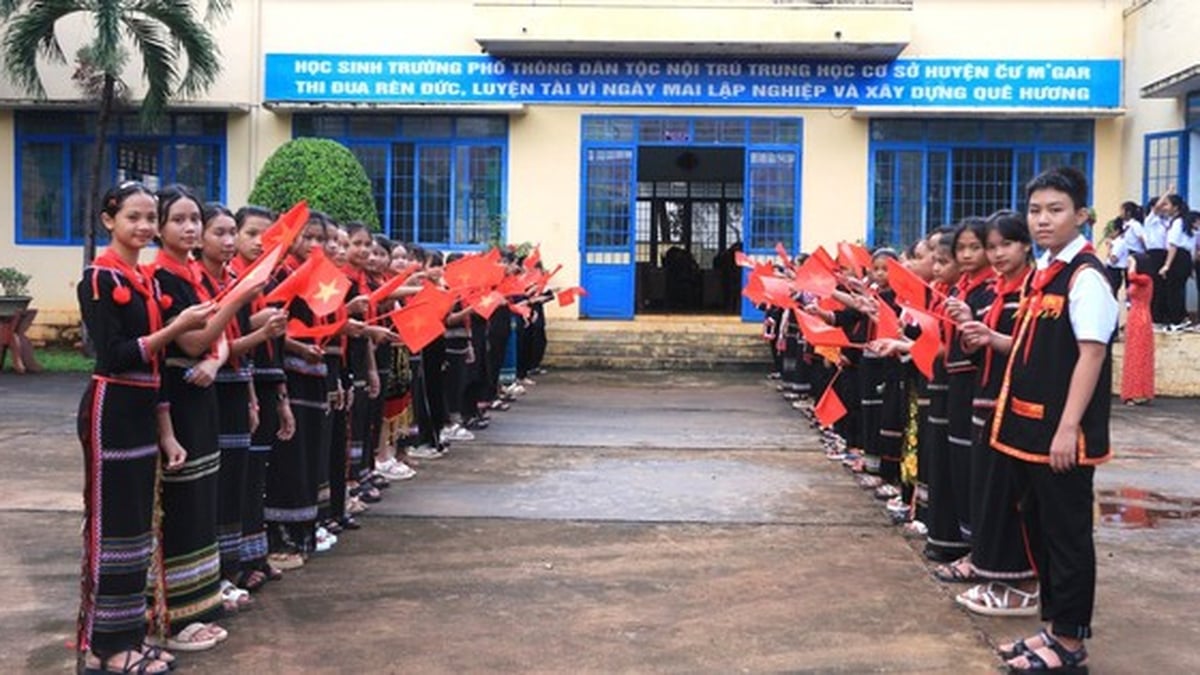
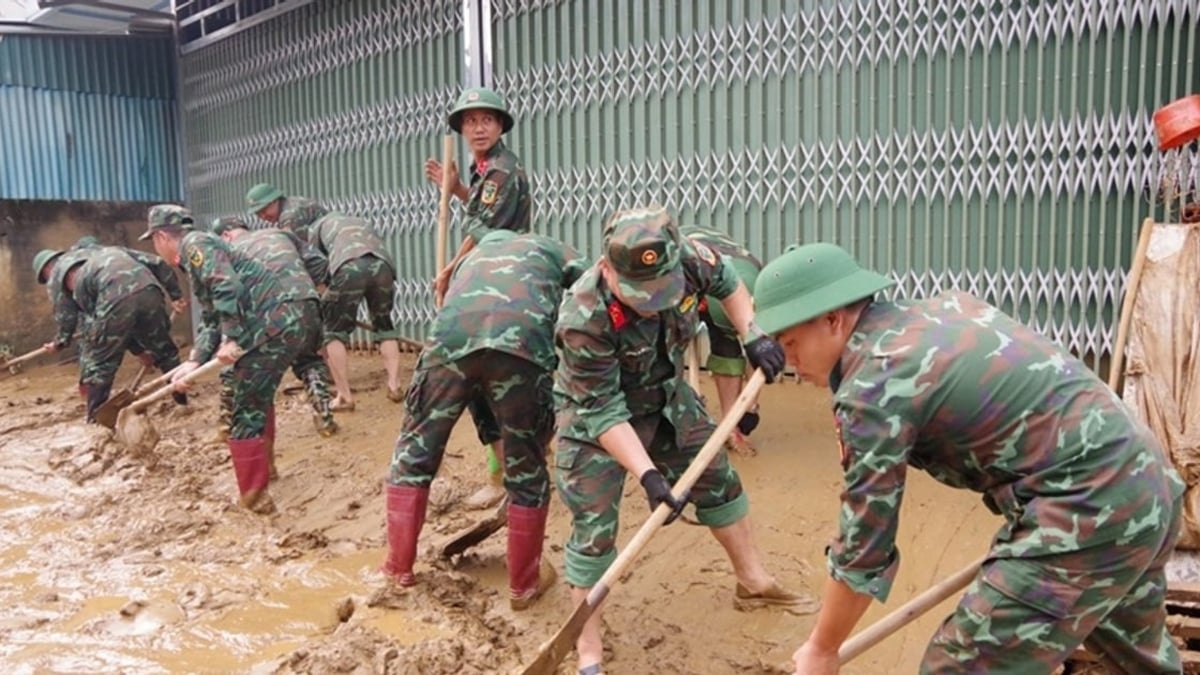
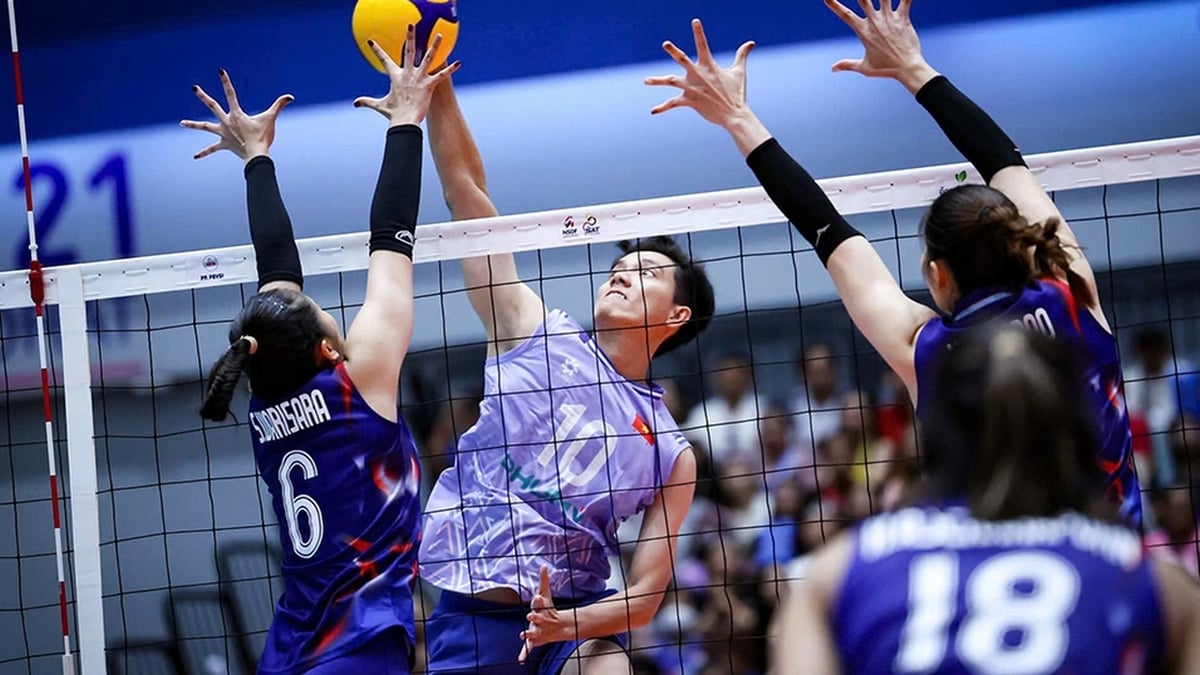


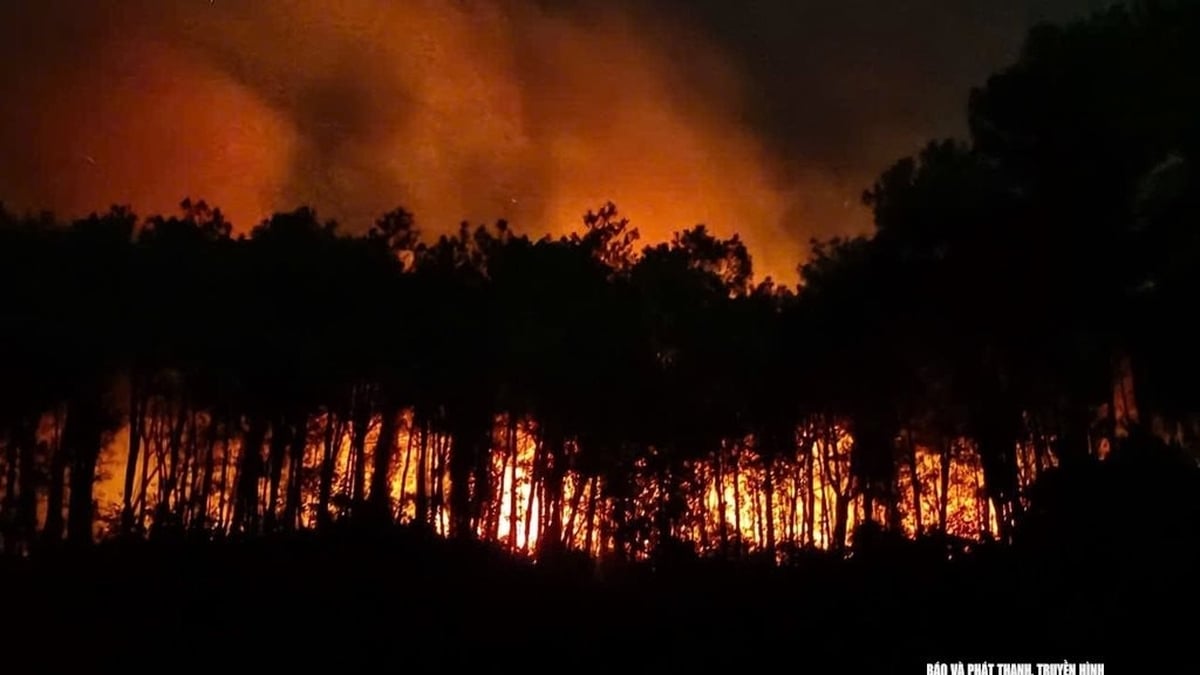
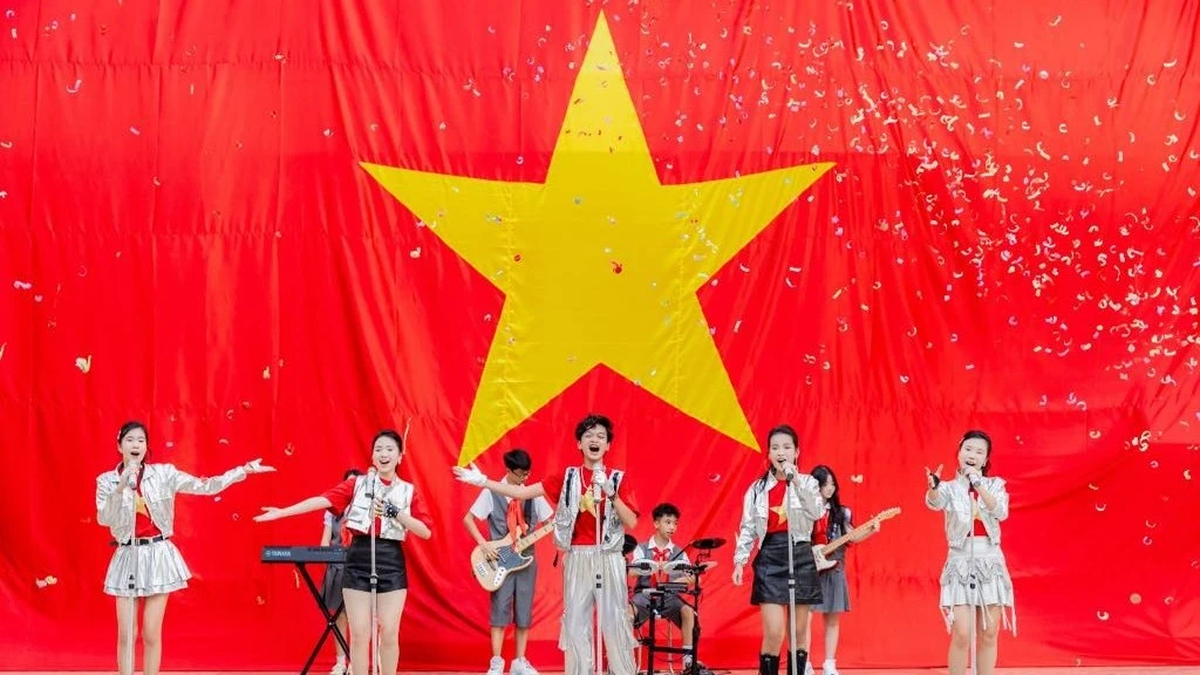










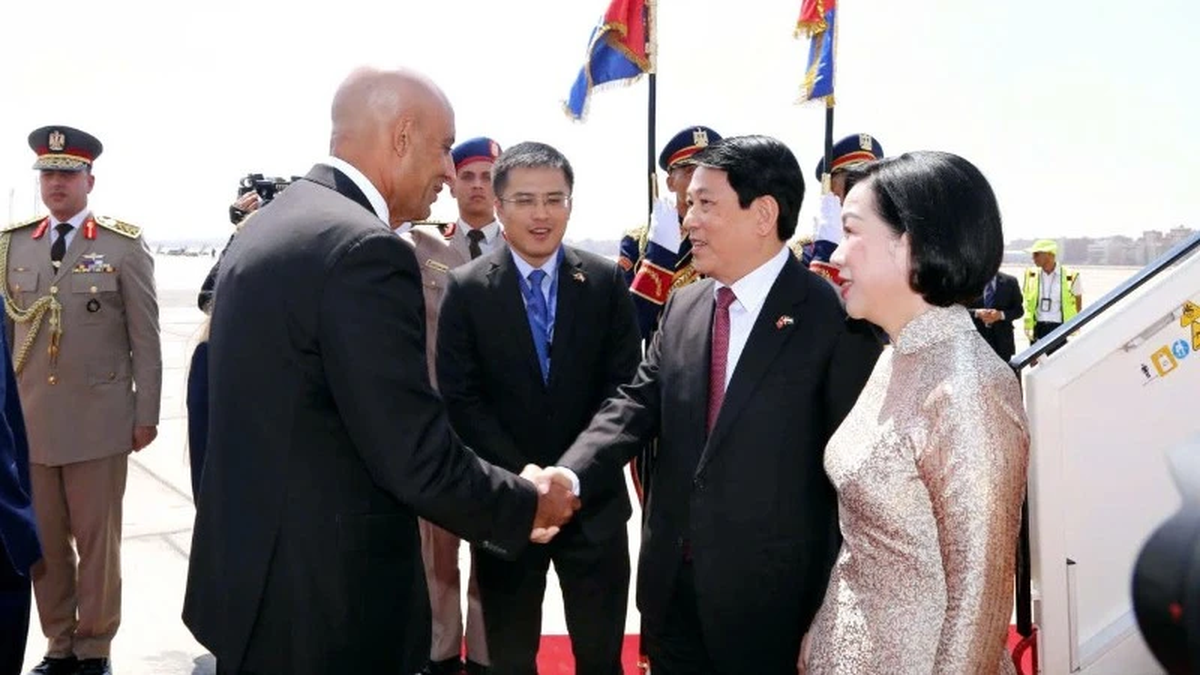













































































Comment (0)